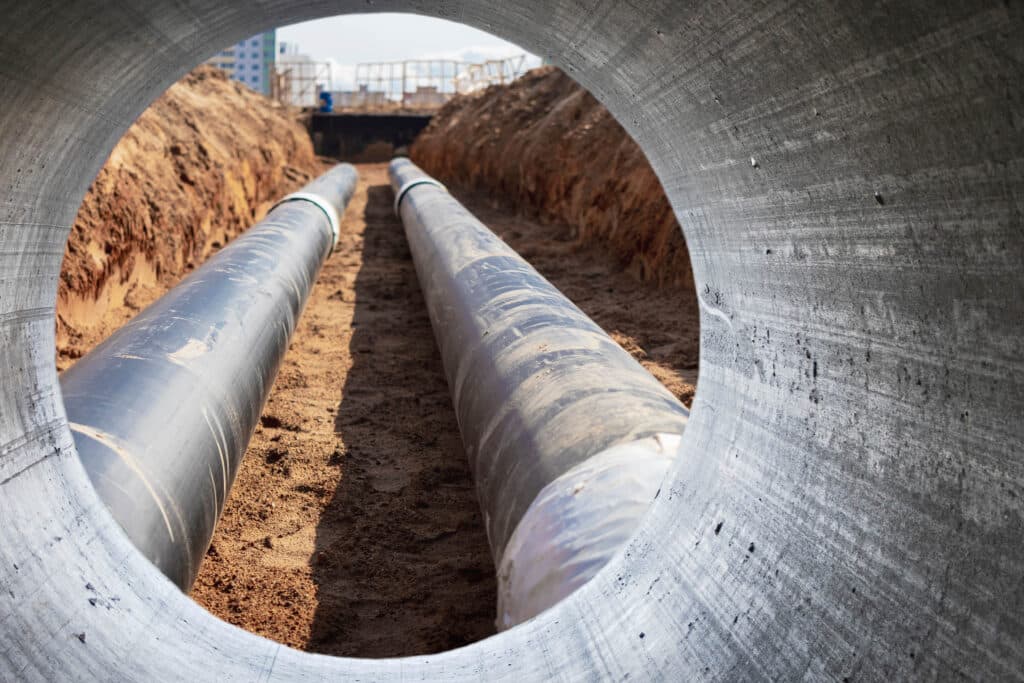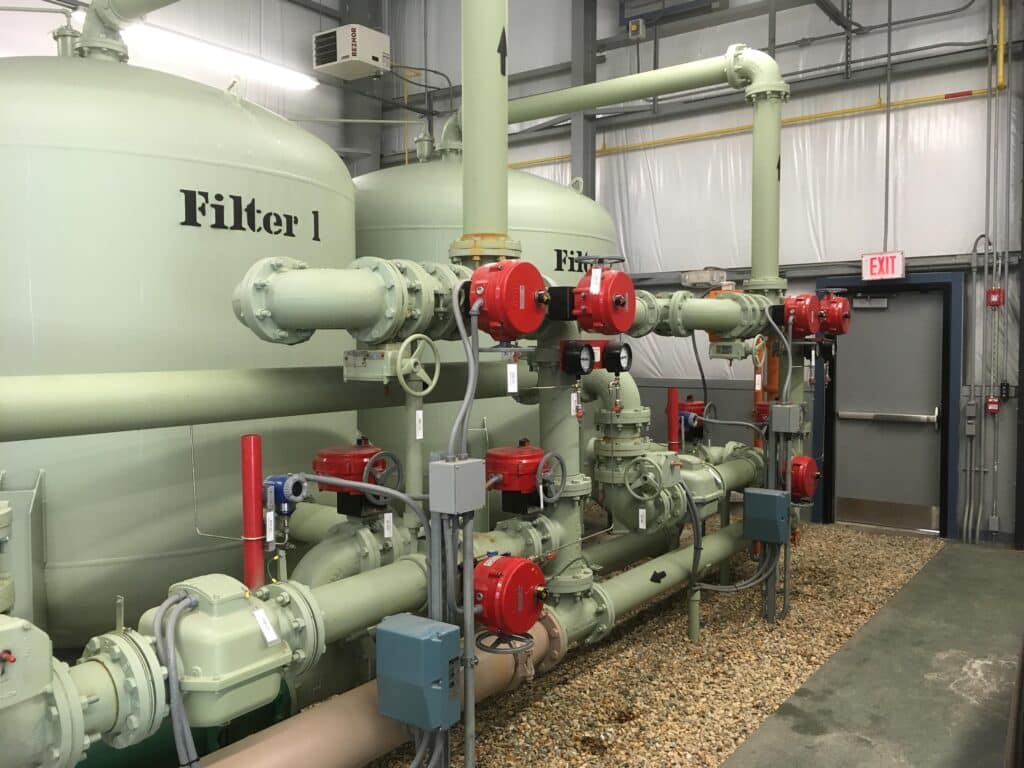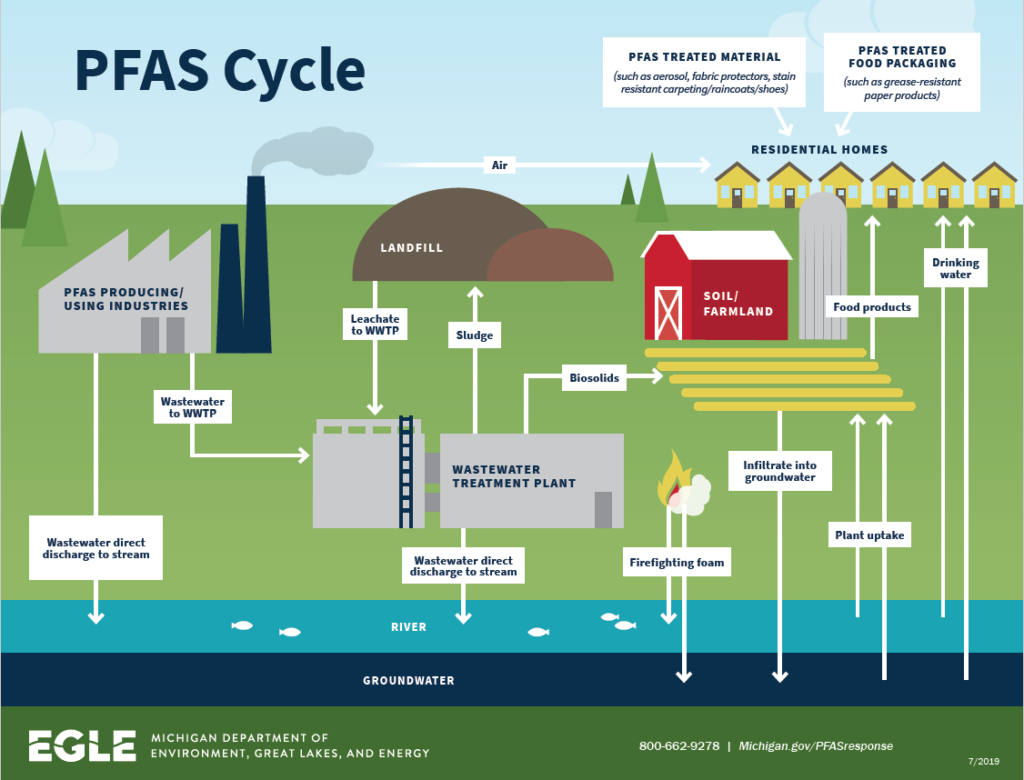A Milestone Moment
This year marks an extraordinary milestone for Tata & Howard as we celebrate 10 years of being a 100% employee-owned company. Over the past decade, our ESOP (Employee Stock Ownership Plan) has transformed not only the way we do business, but also how we connect and thrive as a team.
This milestone is a testament to the dedication, hard work, and collaborative spirit of every employee-owner who has helped shape us into the company we are today. Throughout every department, both in the office and out in the field, every single person on our team has played a key role in our success. As we reflect on our journey, we’re filled with pride and excitement for the future, knowing that it is the foundation of employee ownership that continues to drive us forward.
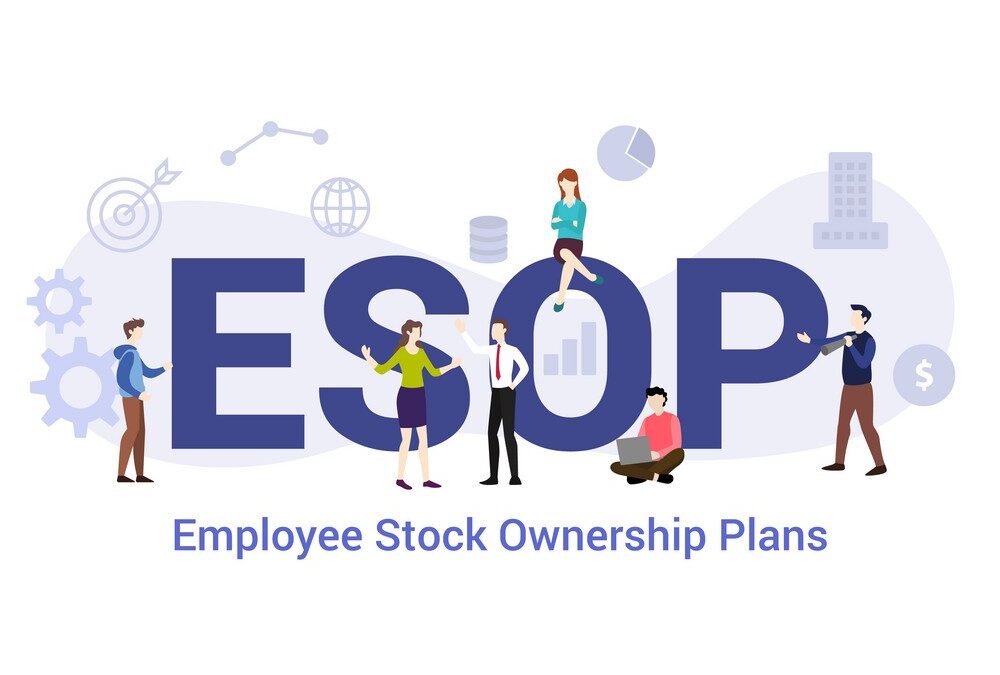 What It Means to Be an ESOP Company
What It Means to Be an ESOP Company
ESOPs are not just a financial framework—they’re a transformative approach to employee empowerment and business growth. ESOPs represent a modern take on retirement planning by giving employees a direct stake in the company they help shape. In fact, studies show that companies with ESOPs often grow nearly three times faster than their non-ESOP counterparts, while providing employees with almost double the retirement savings.
But the benefits of working for an ESOP extends far beyond just financial gains. ESOPs are unique in that they cultivate a thriving workplace culture that is built on collaboration, shared purpose, and a deep commitment to success. When employees are also owners, they bring an unmatched level of dedication to their work, taking personal pride in the company’s accomplishments and feeling genuinely invested in its future. This pride of ownership not only drives higher performance, innovation, and a lasting connection to the company’s mission, but morale as well.

At Tata & Howard, ESOPs have been at the heart of our journey since we became 100% employee-owned in 2014. This shift has not only reshaped our business model but also fostered a thriving, inclusive culture. To further strengthen this sense of ownership and community, we’ve established a fully supported ESOP Committee that plays a crucial role in enriching our workplace by spearheading initiatives that promote team building, sustainability, employee wellness, and community engagement. The ESOP Committee creates a supportive environment where team members are able and encouraged to connect on a deeper level, driving positive change both within Tata & Howard and in the communities we serve.
Every October, we meet to review our ESOP statements with all employee-owners in the plan. As part of the meetings, we discuss the market value per share, vesting, and ending balances in their ESOP statements. In order for all employee-owners to fully understand how their contributions to work impact the market value, we also hold a Business 101 class for everyone from new hires to seasoned technical professionals. We review the ins and outs of how a business runs, the performance metrics that we monitor, and the lifecycle of a project – all of which have a direct relation to the ESOP value.
Our ESOP model has become more than just an ownership structure—it’s a driving force behind the success, growth, and spirit of collaboration that define who we are.
A Year in ESOP
As we celebrate our 10th year as an employee-owned company, it’s the perfect time to reflect on how the spirit of ESOP ownership has come to life within our team. To honor this milestone and collective passion, we wanted to make this year even more special. Traditionally, the T&H team has celebrated ESOPs every October; however, this year, we decided to extend the celebration to the entire year.
Throughout 2024, we’ve embraced the values of collaboration, empowerment, and shared success in a variety of ways, making sure to honor the commitment and dedication that make our ESOP structure so special.

In January, we kicked things off with delicious bagels and breakfast in the office. February brought out our creative side with a Valentine’s Day-themed “gingerbread house” decorating contest. March was all about friendly competition as we hit the lanes for a bowling night at APEX. April saw us giving back with a walk and trash pick-up event that ended at Lost Shoe Brewing, while May featured a team dinner at Firefly’s. In June we celebrated our project successes with a catered lunch, and July took us out to Polar Park for a WooSox game. August brought another culinary treat with dinner at The Fix, followed by a relaxing lunch for the office in September. Finally, we wrapped things up in October with some competitive fun at Putt Shack, a homemade cookie contest, and our 32nd anniversary celebration.

This year’s events not only strengthened our bond as employee-owners but also showcased the positive impact ESOPs have on both our company culture and the broader community.
You can read more about the highlights from this past year in The Wave’s recent issue, here.
Conclusion
As we celebrate this remarkable milestone, we are reminded of the power of employee ownership and the collective spirit that fuels our success at Tata & Howard. Each event this past year has not only highlighted our commitment to collaboration and community but has also reinforced the values that make our company truly unique. The journey of the past decade has been one of growth, learning, and shared achievements, and we are excited to continue building on this strong foundation in the years to come.
Together, as proud employee-owners, we will forge ahead, embracing new challenges and opportunities, always striving to make a positive impact on our company and the communities we serve. Here’s to many more years of shared success, celebration, and making a difference together!

 Understanding Water Audits
Understanding Water Audits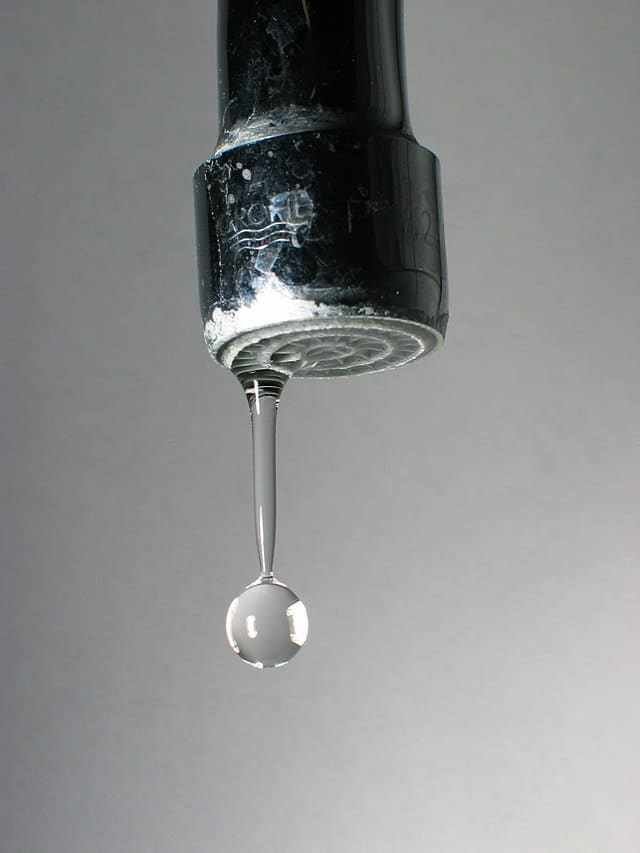 A Smart Investment
A Smart Investment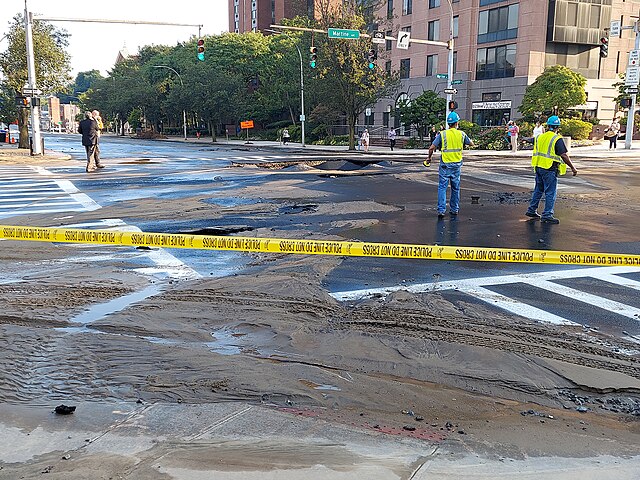 Resource Conservation
Resource Conservation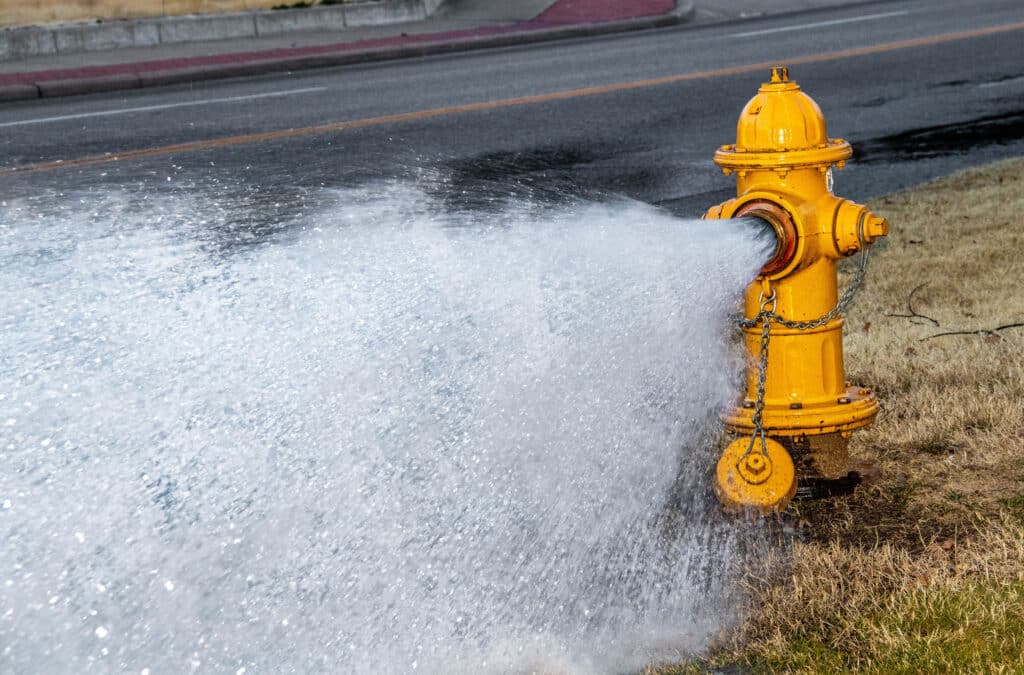 How it Works
How it Works Preserving Aging Pipes
Preserving Aging Pipes Fall’s Perfect Timing: Why UDF Matters Most in the Heat
Fall’s Perfect Timing: Why UDF Matters Most in the Heat  For water and wastewater utilities specifically, this approach means maintaining and upgrading utility infrastructures throughout their life cycles, including pipes, pumps, and treatment facilities. This kind of continuous maintenance, or “lifecycle evaluation” as many call it, is dependent on making time-sensitive decisions on when to replace, repair, or refurbish assets, which is key when trying to mitigate the risks of leaks or contamination.
For water and wastewater utilities specifically, this approach means maintaining and upgrading utility infrastructures throughout their life cycles, including pipes, pumps, and treatment facilities. This kind of continuous maintenance, or “lifecycle evaluation” as many call it, is dependent on making time-sensitive decisions on when to replace, repair, or refurbish assets, which is key when trying to mitigate the risks of leaks or contamination.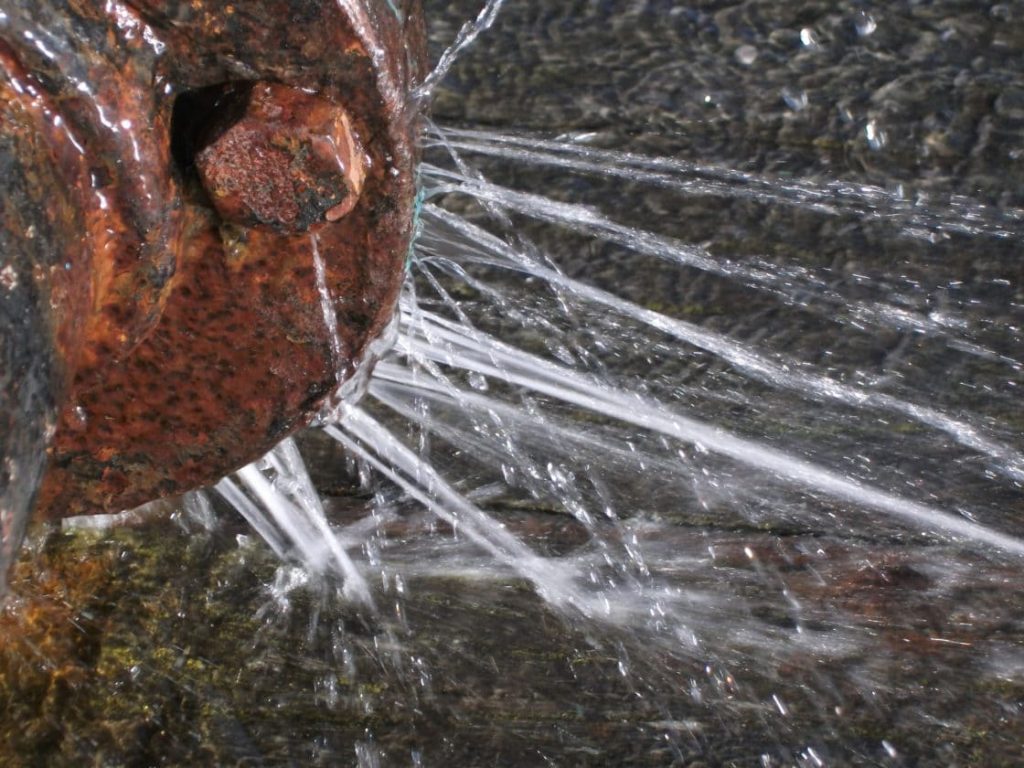 Capitalizing on Advanced Metering Infrastructure (AMI)
Capitalizing on Advanced Metering Infrastructure (AMI) By shifting the focus from a reactive to a more proactive approach, utilities can take their continuous influx of data and use it to predict potential issues or failures. This kind of preparation allows them to better schedule their assessments based on critical needs rather than a routine calendar schedule. With this kind of forecasting, utilities can allocate better resources, reduce unneeded service interventions, and better extend the lifespan of their infrastructure.
By shifting the focus from a reactive to a more proactive approach, utilities can take their continuous influx of data and use it to predict potential issues or failures. This kind of preparation allows them to better schedule their assessments based on critical needs rather than a routine calendar schedule. With this kind of forecasting, utilities can allocate better resources, reduce unneeded service interventions, and better extend the lifespan of their infrastructure.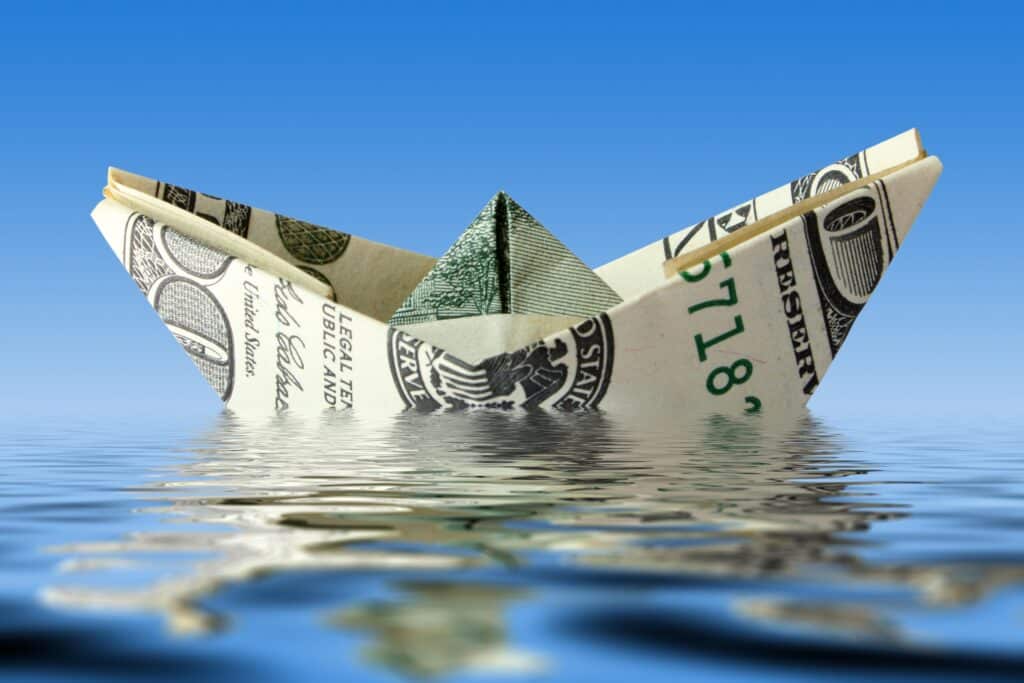 Each source of funding comes with its own set of requirements, benefits, funding parameters, and other considerations. By taking the time and care to properly research the available opportunities, water and wastewater utilities can secure the critical resources they need in order to deliver better outcomes for their communities.
Each source of funding comes with its own set of requirements, benefits, funding parameters, and other considerations. By taking the time and care to properly research the available opportunities, water and wastewater utilities can secure the critical resources they need in order to deliver better outcomes for their communities.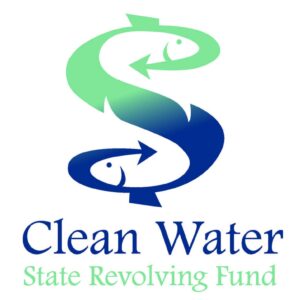 Clean Water State Revolving Fund (CWSRF)
Clean Water State Revolving Fund (CWSRF)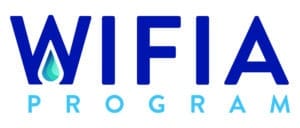 Water Infrastructure Finance and Innovation Act (WIFIA)
Water Infrastructure Finance and Innovation Act (WIFIA) United States Department of Agriculture (USDA)’s Water and Waste Disposal Loan and Grant Program
United States Department of Agriculture (USDA)’s Water and Waste Disposal Loan and Grant Program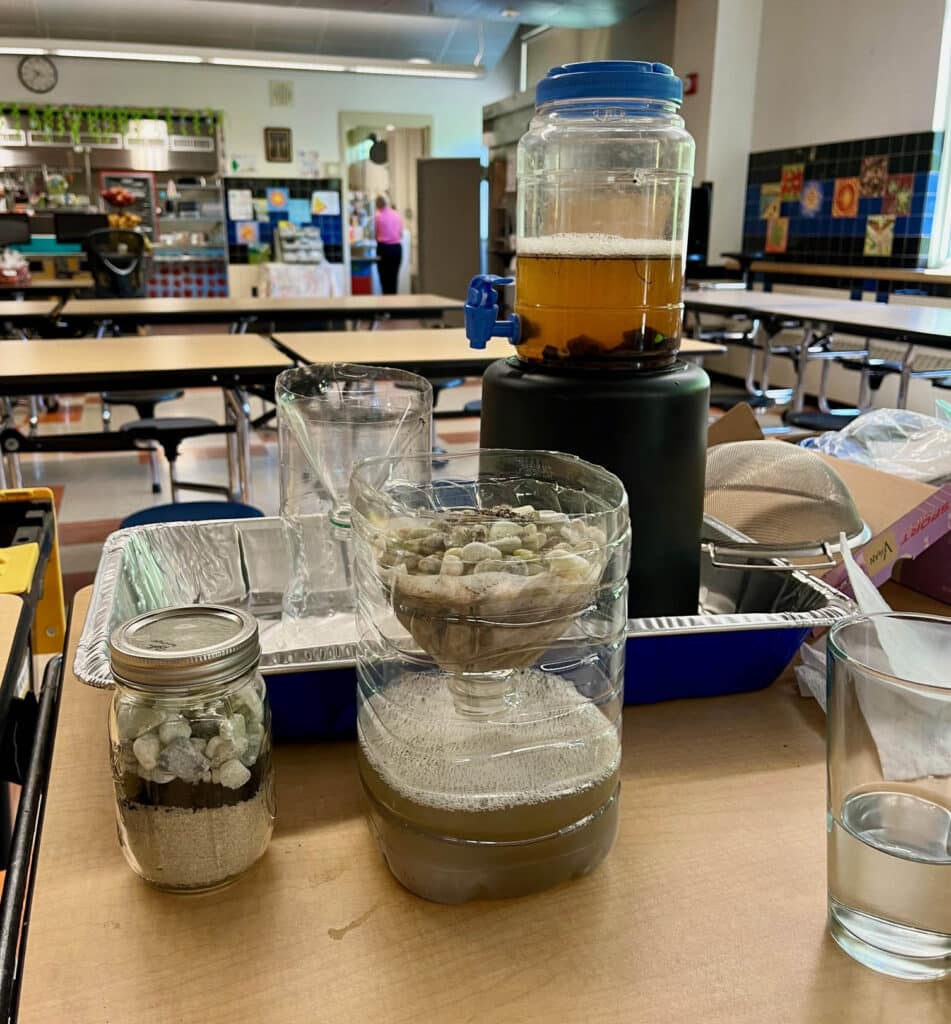

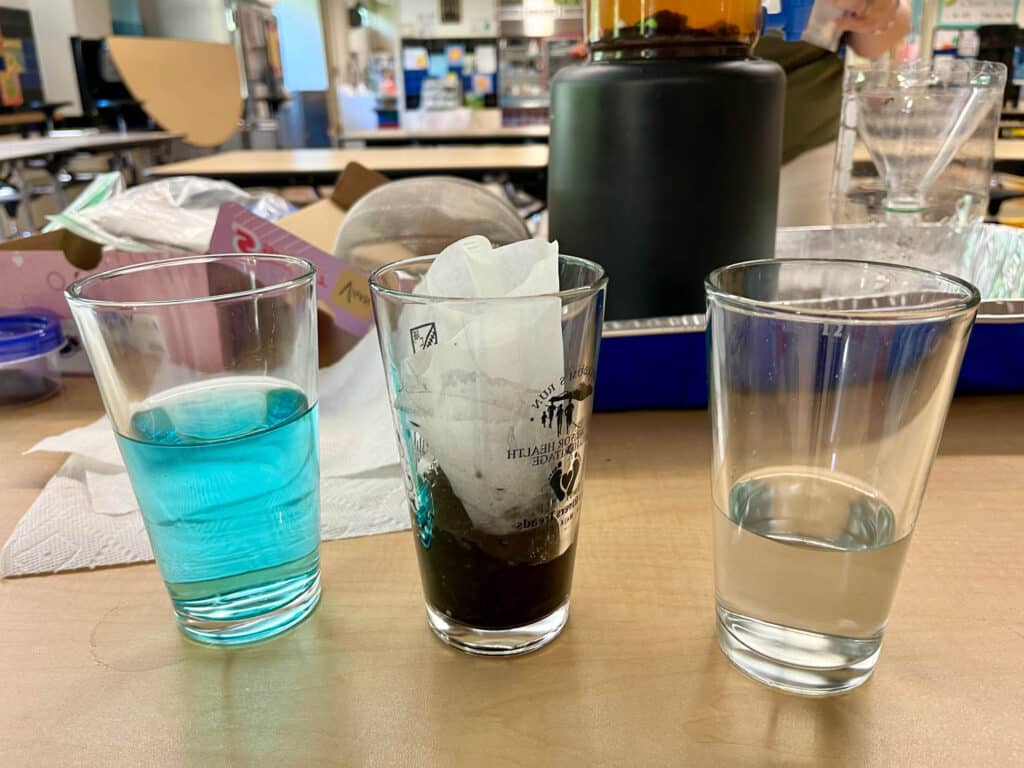
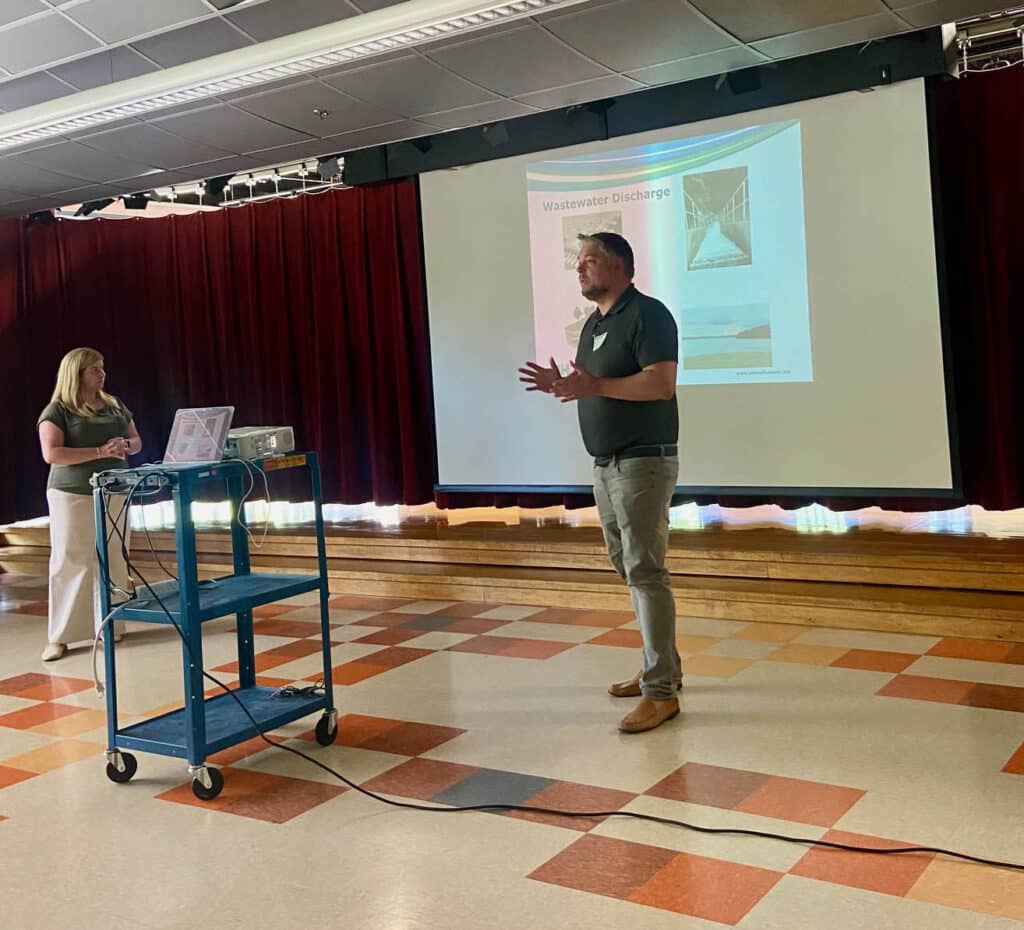
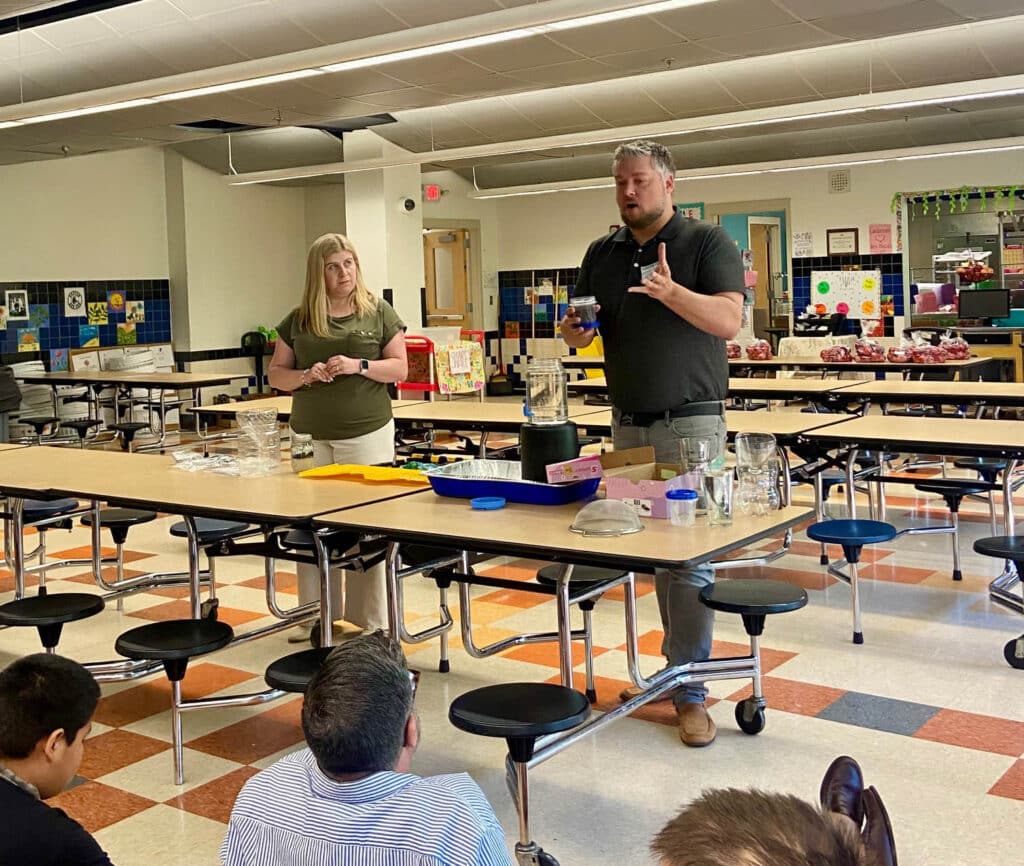
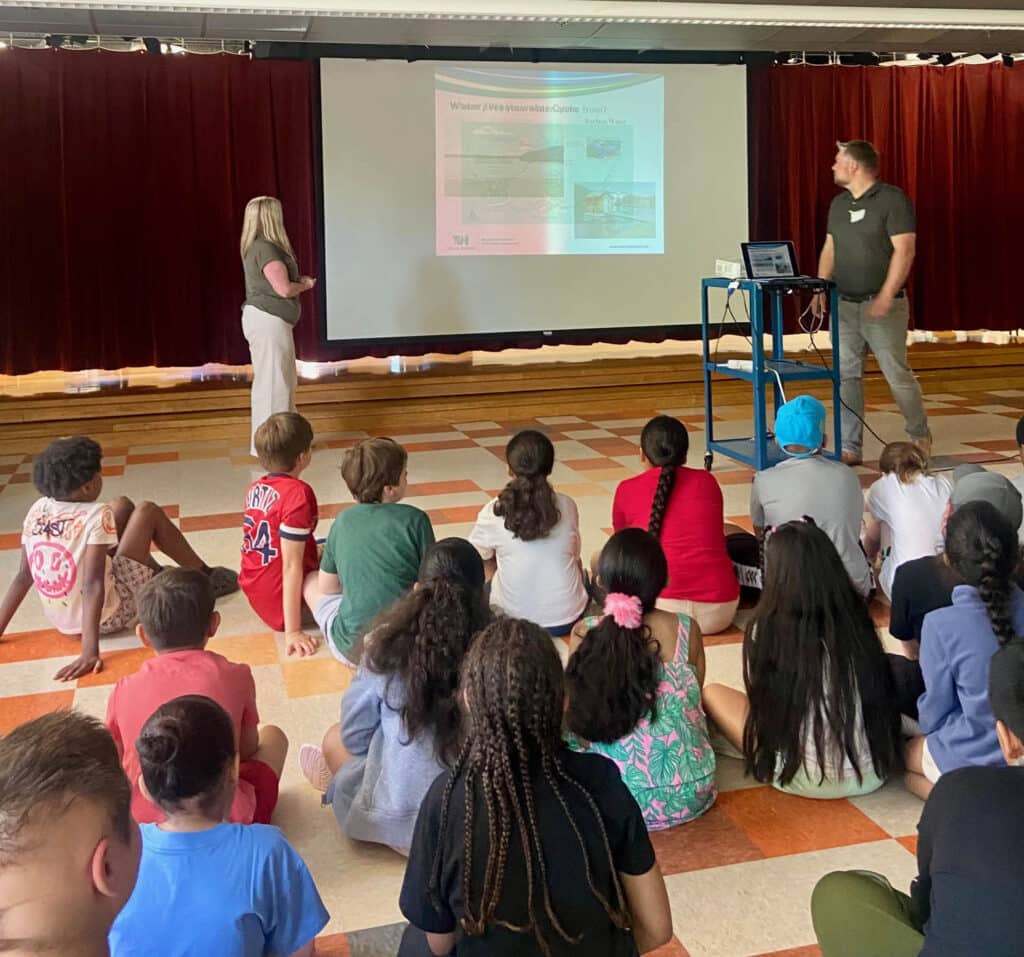

 Emergency response teams are also involved since they are equipped with specialized skills and equipment and are trained to mobilize swiftly and efficiently in the face of an emergency. Regulatory bodies are also involved, as they are the ones ensuring compliance with safety standards and can even provide guidance throughout the process.
Emergency response teams are also involved since they are equipped with specialized skills and equipment and are trained to mobilize swiftly and efficiently in the face of an emergency. Regulatory bodies are also involved, as they are the ones ensuring compliance with safety standards and can even provide guidance throughout the process.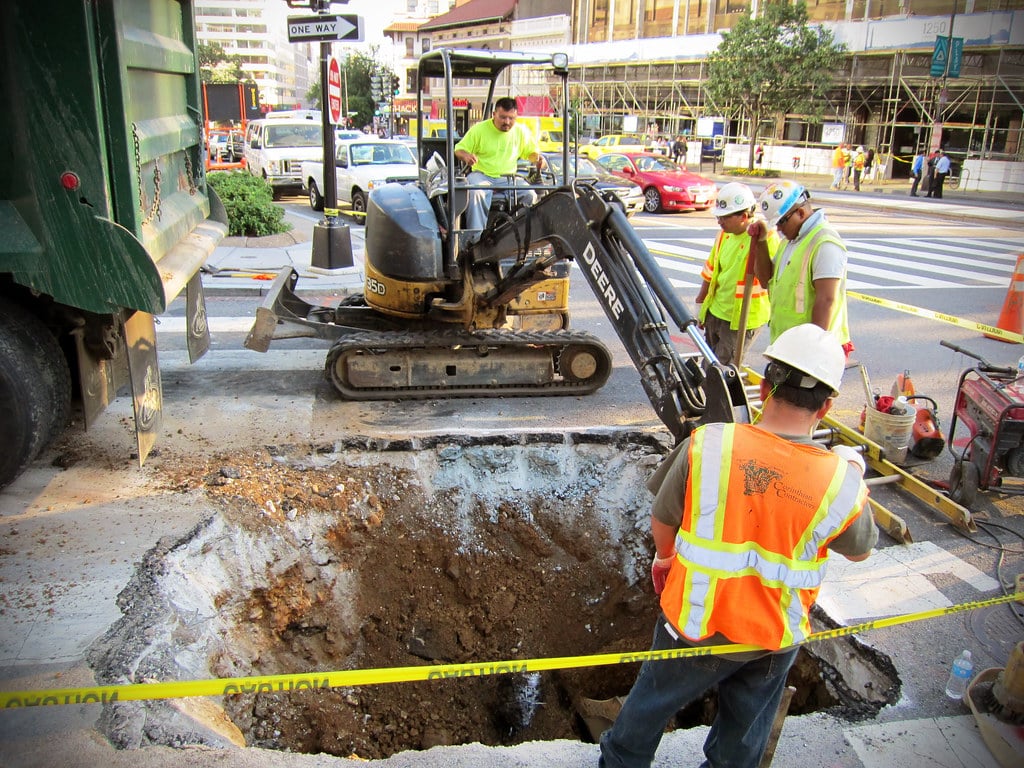
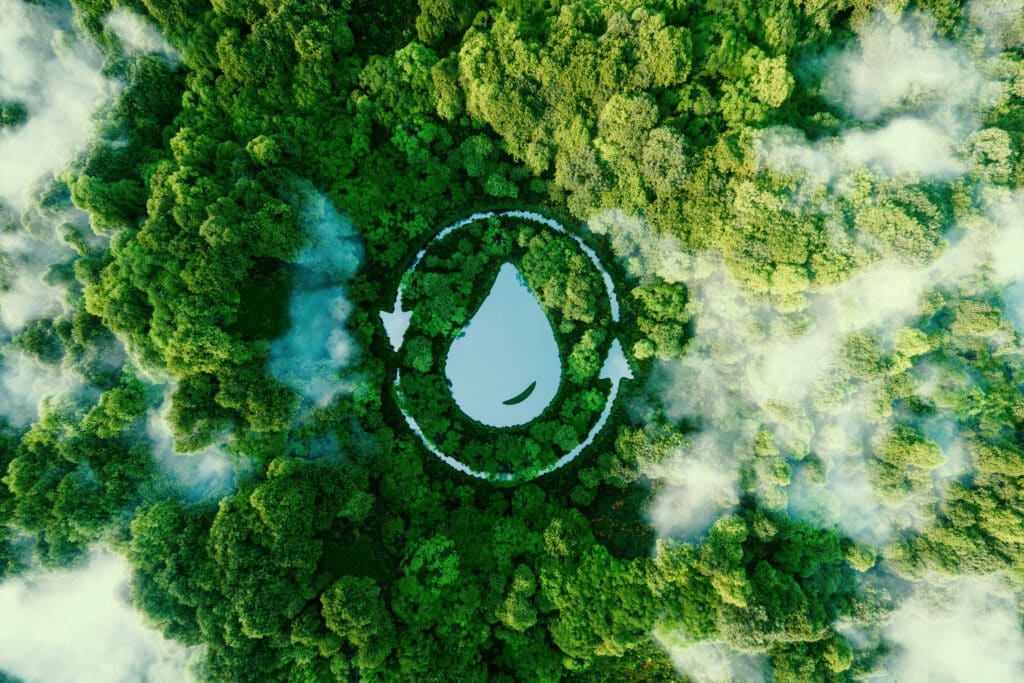 Compliant with Environmental Regulations
Compliant with Environmental Regulations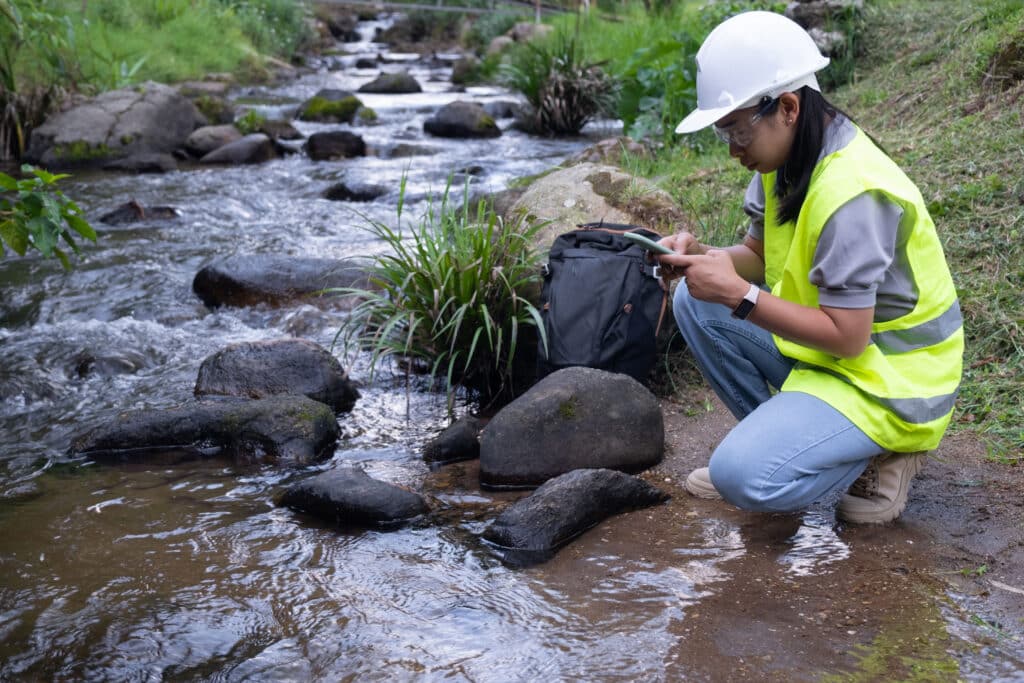 Water Engineers’ Role as Guardians of Public Health
Water Engineers’ Role as Guardians of Public Health Conclusion
Conclusion